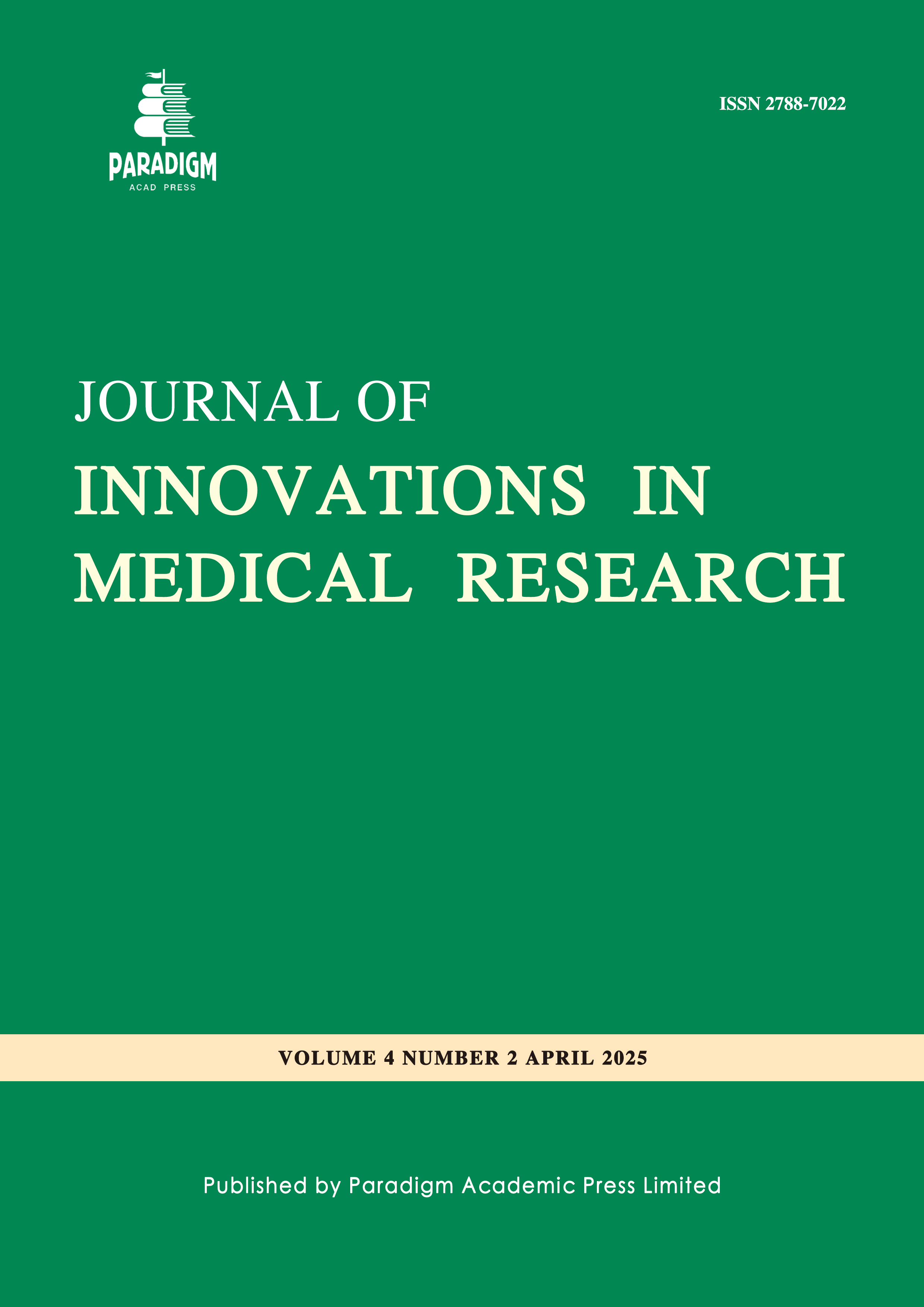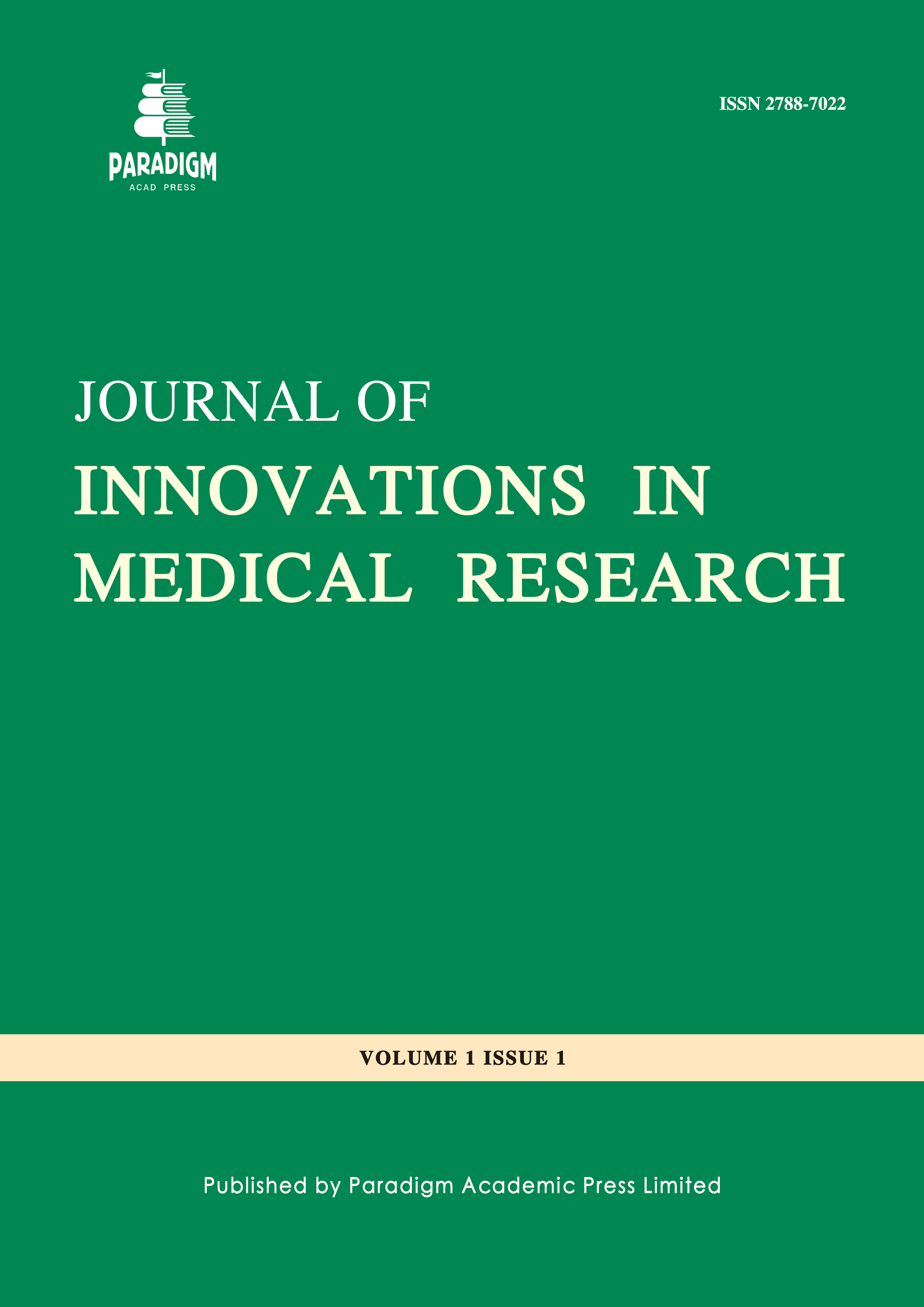Liver Diseases: Epidemiology, Prevention, and Management Strategy
Keywords:
liver disease, hepatitis, cirrhosis, mortality, treatmentAbstract
The liver is a highly complex many cell types largest internal solid organ in the body. The most common causes of liver disease are viral hepatitis; over alcohol, fat, and toxin chemicals consumption; autoimmunity; hepatocellular carcinoma (HCC); and hereditary problems and drug reactions. More than 844 million people worldwide suffer from a chronic liver disease and more than two million people die each year worldwide due to liver disease. About two-thirds of them are men, and most of them are related to complications of cirrhosis and hepatocellular carcinoma (HCC). The burden of liver disease is increasing due to unconscious lifestyle, consumption of unhygienic foods, poor available data, limitations of resources, hepatitis, inadequate and poorly national and global fund of liver treatment, insufficient hepatologists, use of traditional medicines and herbal supplements, poverty and malnutrition, etc. This review study tries to discuss the global and regional prevalence, incidence, fatality, mortality, diagnosis, and treatment of liver disease.



